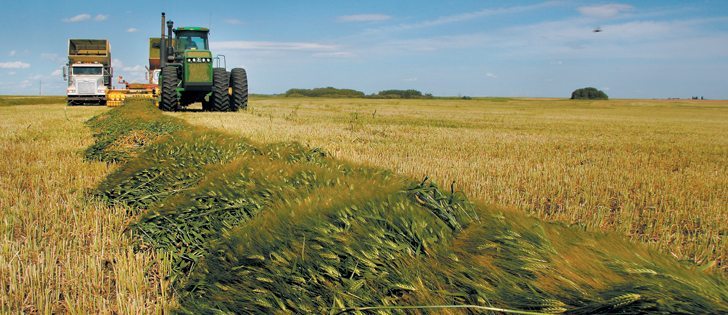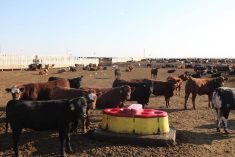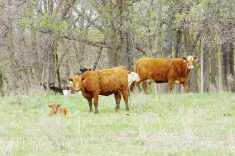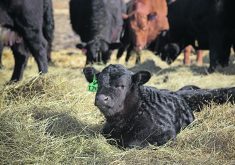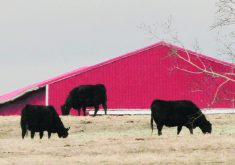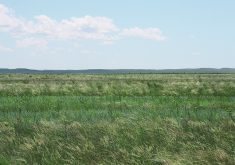Maximizing quality | Forage council tests nutritional value of different barley varieties
Research into forage quality and new barley varieties continues to make gains and provide valuable options for producers, says a livestock consultant.
“Quality in is quality out, at the end of the day, so we’re trying to push the bar on what type of quality the producer has available to them but at the same time allow them to be flexible to pick what option they want to do,” said Leland Fuhr of Dairy Smart Nutrition in Sask-atoon.
“It’s all about profitability over input costs.… You’re trying to maximize whatever you’re getting paid out at the end day versus whatever it’s costing you to make that product.”
Read Also

Feds propose overhaul of chronic wasting disease control program
Chronic Wasting disease control program getting updated by Canadian Food Inspection Agency with feedback encouraged from producers.
He told the Saskatchewan Beef Industry Conference in Saskatoon Jan. 23 that his pet peeve is producers telling him they bought a product cheap or did something cheaply.
“Cheap is cheap,” he said.
“Cheap in is cheap out versus quality or inexpensive. So if I got quality in an inexpensive way, then I’ve maximized my profit and I ended up getting a quality product out at the end of the day.”
He said six factors determine forage quality: species, environment, insect and disease damage, soil fertility, harvest and storage and maturity.
Producers can have the biggest impact on maturity but tend to miss the mark, he added. The stage of plant maturity at which producers decide to harvest will have one of the biggest impacts on the quality of their silage or forage.
The Saskatchewan Forage Council last year funded two demonstration plots near Osler and Dalmeny that grew the smooth awn barley varieties Falcon, Ranger, Sundre and Legacy.
The data he presented was from barley going for silage, but the nutrient data would apply regardless of how the barley was used; baled, silaged or grazed.
“It’s a prelude to a lot of the re-search that the universities will be doing on barley silage varieties,” he said. “We’re showing with the research that he (producer) can get enough quality or nutrient availability out of it that he may not have to supplement with anything off farm. So a lot of it is within the realm of his abilities to achieve success.”
A show of hands at the meeting indicated that a large majority of beef producers are investing in a forage analysis.
“To me if you’re not doing it, you’re really throwing a lot of things into the wind and leaving money on the table,” he said.
“If you’re well versed in it, you can sit down and balance your rations, or you can work with a feed company or consultant at that point in time. There’s definitely profit to be made at that point in time.”
Forage quality becomes more important as grain costs increase.
“I have a few guys that tell me forage quality is king and that’s what they concentrate most on because they don’t like shelling out money for costly grains.”
He said variety affects the kind of results producers will get, although there’s likely to be more variation within a variety than between varieties.
“Meaning I could take the same crop year to year and if it gets flooded out, or if I cut it at a totally different time, or didn’t put the crop inputs that I had the previous year into it, I potentially could get an extremely different product out at the end of the day, which could effect my bottom line year to year on that basis.”


